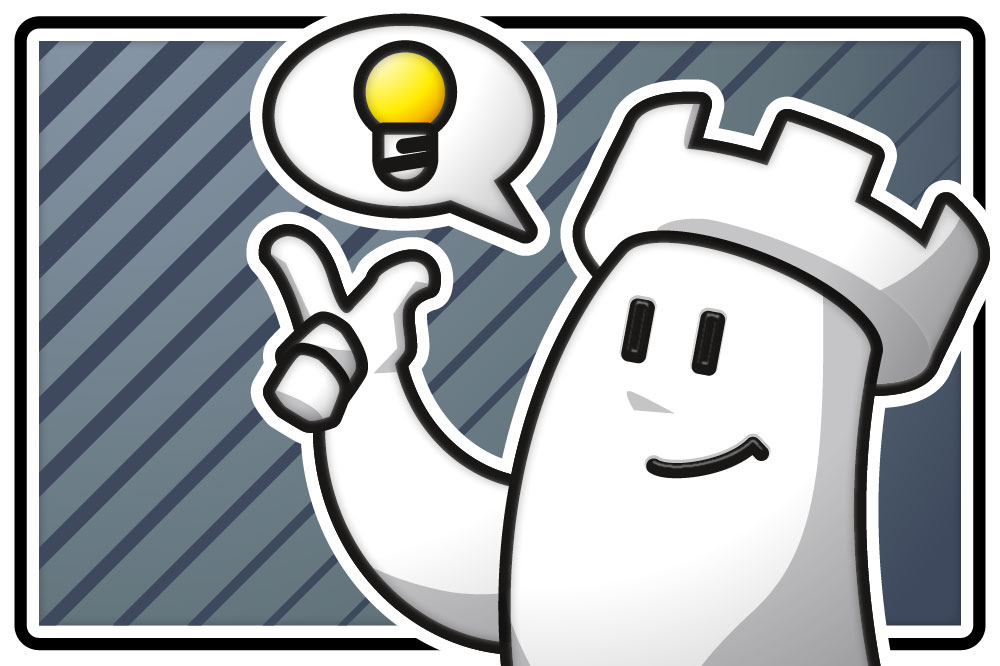


It is the program of choice for anyone who loves the game and wants to know more about it.
The new function "Autoplay" automatically replays an opening repertoire. The program chooses a variation which it automatically replays three times. You decide about the speed. Main lines often appear, sidelines less often.
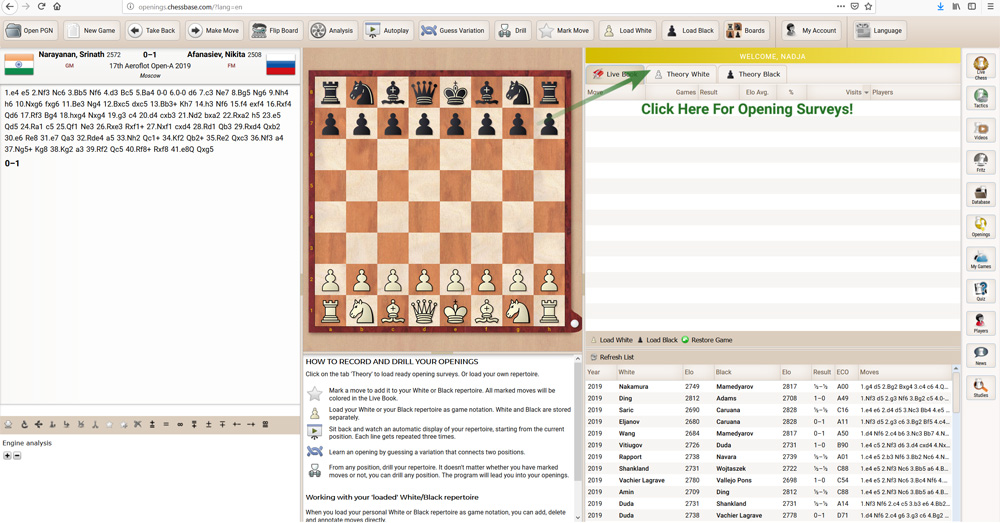
You can start with pre-configured opening surveys, or build your own
Just relax and follow the moves. Even after a few reruns, you will remember typical patterns. You can also repeat a certain line until you remember it.
To check your progress go to "Drill". The program sets up the starting position and acts as your opponent while you enter your moves.
"Autoplay" helps you to get to know an entire opening with only a few clicks.

The "Autoplay" function
The function "Guess Variation" requires more interactivity: the program shows you two positions from the repertoire that was loaded. You have to find the moves that take you from the first to the second position. You can choose between eight levels of difficulty. The longer the variation, the greater the difficulty. "Guess Variation" is particularly interesting if you do not know much about a certain opening or variation and want to find lines and moves yourself.
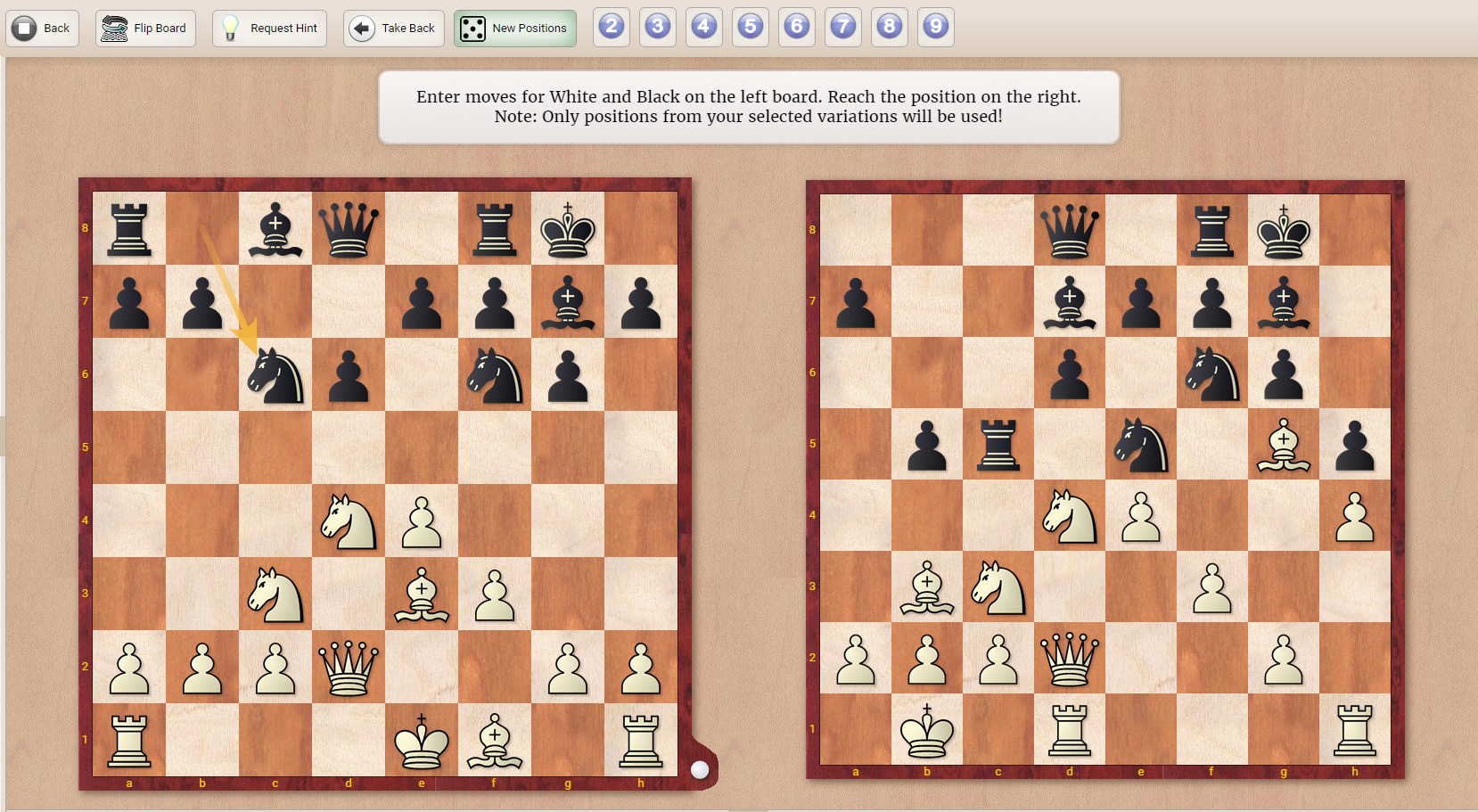
Guess the variation: on the left enter the moves that lead to the position on the right
Hint: This works with every game you load and is an unusual and intensive way of training!
For this function it is helpful that "openings" provides pre-designed, up-to-date, and — if you want — very deep repertoire proposals.
If you want to learn a new opening you are faced with a mass of unknown variations. However, most club players can cut down this jungle of variations because usually in 80 percent of the games, only 20 percent of the theory appears on the board. Here, less is more — focus on and learn the important systems.
A lot of players maintain carefully worked out repertoires with a mass of variations. Sure, it is fun to do such theoretical research. But is it really possible to master all these lines at the board? And does the opponent know all the lines? Time and memory are limiting factors here.
This is where Openings.ChessBase.com takes a radical approach and offers each repertoire in four different versions: Easy → Club → Tournament → Master. The "Easy" level just focuses on the most important main lines. Together with the new function "Autoplay" this offers a crash course for every opening system. The "Club" level offers a bit more substance. But this level should be fully sufficient for most club players with a rating of about 1900.
E.g. Learn the "French Advance Variation" in 30 minutes.
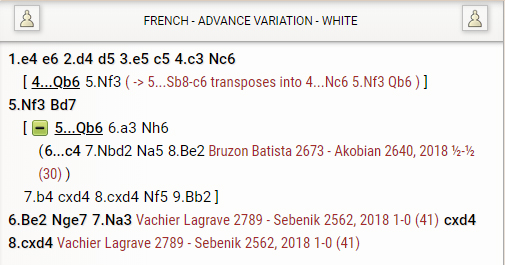
Here is the "Easy" level, while "Club" would show more variations — at least twice as many
ChessBase Account Premium annual subscription
At the airport, in the hotel or at home on your couch: with the new ChessBase you always have access to the whole ChessBase world: the new ChessBase video library, tactics server, opening training App, the live database with eight million games, Let’s Check and web access to playchess.com
"Easy" and "Club" structure the repertoire efficiently. Each repertoire is either for White or for Black. For these sides a certain move is given as best, everything else is ignored. Alternative moves are only looked at if the opponent can play them. Thus, the material remains as compact and clear as possible.
If possible, all opening surveys refer to a current game by strong players. If you click the tab, "LiveBook", and then "Update List", this game usually is the first in the search and you can immediately look at it!
The "Tournament" level requires more work. These repertoires are targeted at players who know an opening already well and want to know what the current state of theory is. Of course, you do not have to know every line by heart. "Autoplay" and "Guess Variation" provides solid material that helps to get to know the most common positions. This level also considers alternative moves for your side.
The repertoires on the "Master Level" are more a kind of encyclopedia. They are useful to select lines when building your repertoire. More about this will follow in the next section.
You can use the level "Easy" as a guest. For the "Club" level you need a ChessBase Account. To use the levels "Tournament" and "Master" you do need to be a Premium member.
The "Openings" web app offers a particularly easy way to maintain your personal opening repertoire. You do not enter moves and variations but instead you just mark the moves which you would like to play. You mark these moves with a right-click of the mouse in the LiveBook or by clicking "Mark Move" for any move in the game.
When you mark a move the entire variation is automatically included into your personal repertoire. If it is a move by White the variation is included into your White repertoire, if it is a move by Black the variation becomes part of your repertoire with Black.
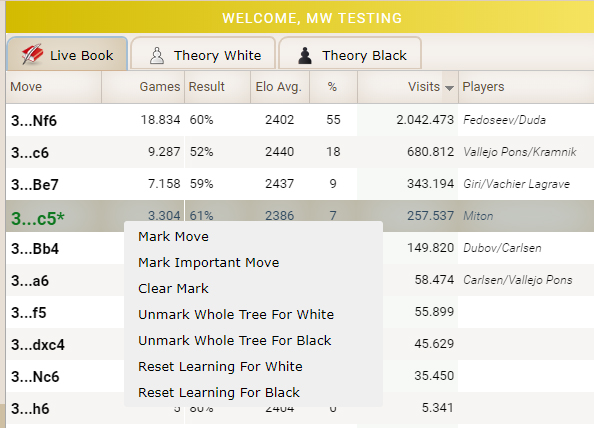
Right-click in the LiveBook: 3…c5 (Tarrasch) is in the repertoire
Moves can also be marked in the Database web app or via My Games. Or per right-click in the LiveBook of ChessBase 15 or Fritz 16.
The marked moves are indicated in the LiveBook by a *. Lines that lead to marked moves are coloured in blue or green in the LiveBook: blue moves are part of the repertoire with White, green moves are part of the repertoire with Black. You can also mark moves as particularly important. They are marked with **. Variations with particularly important repertoire moves become main lines when you load the repertoire.
The two new functions Autoplay and Guess Variation also work in the personal repertoire. However, the best function to learn your personal repertoire by heart is Drill. During the "drill" you play against the program that acts as your opponent.
Learning or refreshing one's repertoire with the "Drill" function is efficient because the program saves the correct repertoire moves. Lines that go smoothly are offered less often than halting attempts. This technique is known from learning vocabulary. Moreover, a bar in "Openings" indicates your progress and shows how much of your repertoire has been thoroughly learnt. However: after a while some moves are "forgotten", the bar goes back and you have to do the drill again to refresh your memory and to pump the bar up again.
The pre-designed repertoire surveys on "Master" level are pretty deep. And a repertoire that you developed and analysed yourself can also be pretty deep. Therefore, the new "Openings" has a foldable notation. One click is enough to fold entire systems to help you get a better overview.
It is particularly useful to fold all variations apart from the current one with a double-click. This helps to handle huge variation trees smoothly.
Two buttons at the bottom of the notation on the left do the same: the microscope focuses on the current variation and folds the rest. The trident unfolds all variations again. Clicking on the trident again removes the folding buttons.
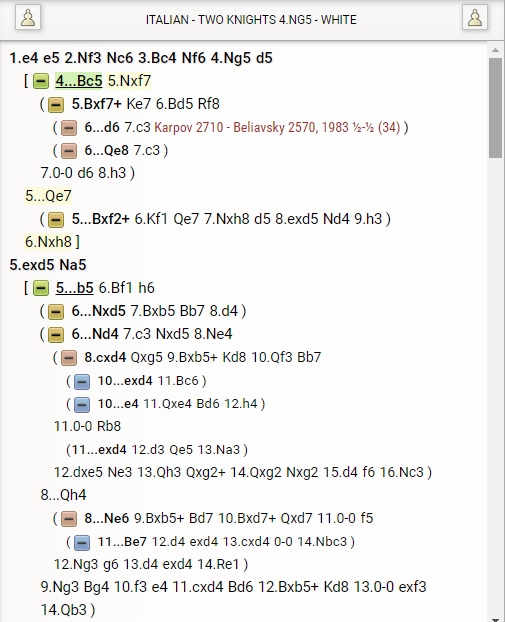
Folding buttons in the "Master" repertoire of the "Italian - Two Knights“

Feel free to contact us with feedback on these new tools, how you use them and suggestions on how to make them even better!
| Advertising |